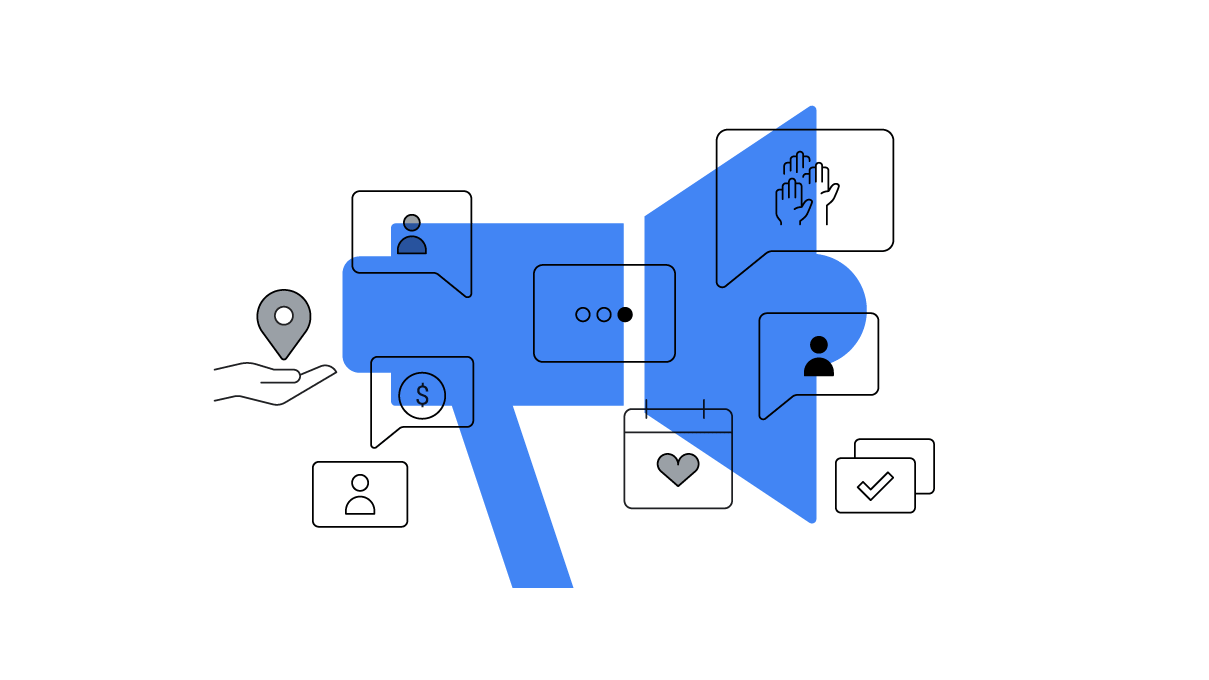Innovation for one technology often ends up powering other, unrelated technologies, creating something new and unexpected. That's the view of Russell Davies, Head of Planning at Ogilvy & Mather, a believer in the Internet of Things, where true innovation springs from "mucking about" rather than thinking deeply.
Do you remember Big Mouth Billy Bass, the strange animated fish that became a popular novelty a few years back? It looked like a regular fisherman’s trophy but when you hit a button on the frame it would suddenly come to life and start singing “Take Me to the River” or some other amusing aquatically themed song.
Now imagine that Billy had the intelligence of your average smart phone. He’d know where he was in the world. What the time was. What the weather was like. Who’d won the football. Whether the trains were running late. And, assuming you’d programmed a little bit of profile information into him, he’d know which of your Foursquare friends were nearby, and which of your favorite bands were playing in the area. He’d know a lot. With some simple text-to-speech stuff in his head and a bit of ingenuity, he’d be able to tell you all sorts of interesting and useful things when you pressed that button. And you would press that button, wouldn’t you?
Well, something like Billy will get made. It’s bound to. Cheap electronics, cheap plastics and cheap intelligence are going to get welded together with free, ubiquitous data feeds to make hundreds of products just like him. It’s the warped magic you’ll get when two waves of innovation crash together—the flood of data from the internet and the sea of stuff from Chinese factories. That right there is your Internet of Things.
Of course, that’s not the Internet of Things we normally hear about, just as when we talk about apps we don’t usually acknowledge the mighty phenomenon that is iFart. But it’s the one that seems most interesting to me. The next technological leap, whether we call it the Internet of Things, Web 3.0 or Ubicomp (that’s “ubiquitous computing” to you and me), will be about getting the web off the screen and embedded in the things of your everyday life.
That’ll be most exciting when it’s not the expected stuff like consumer electronics, air quality monitoring or the dreaded internet fridge. It’ll be bottom-up innovation, when we stick some intelligence and connectivity in our saltcellars, our picture frames and our hats. Not because we have an overwhelming reason to do so but because we might as well, because it’s getting easier.
The most original innovations spring from mucking about, not from thinking hard. Perhaps that’s really why all this is happening now. Components are getting smaller and cheaper; computing is becoming disposable; networking is getting easier; but I don’t think this is driven just by technology. It’s driven by a generation of inventors who’ve learned the power of fast, cheap “making” on the web and want to try it in the world. This, to me, is as exciting as the day I downloaded a browser. We’re seeing the connectivity and power of the web seeping from our devices and into our objects. Everyday objects, yes, but also new generations of extraordinary objects: flying robot penguin balloons, quadrocopters that can play tennis, Wi-Fi rabbits that tell you the weather.
They’re different because they don’t exist behind a screen; they’re in our world, built from real physics, not simulations, they have mass and velocity and smell. There are disturbing aspects to all this and things we should be cautious about (whether enabling greater surveillance, vast misuse of public monies or abuse of public spaces), but it’s also going to be a great public adventure.
Matt Webb, CEO of London-based design consultancy BERG, has a great phrase to describe the root of these innovations. He calls it “fractional AI,” echoing the idea of fractional horsepower. He tells the story like this: when powered machines first came along to relieve humans of labor, they were huge, factory-sized things, doing big, important work that changed industries and commerce. As power units got smaller and cheaper, they started to be embedded in our homes, doing things like cleaning, washing, cooking. That was fractional horsepower, and that didn’t just change our industries; that changed our lives.
Matt contends that we’re seeing the same thing with artificial intelligence. It used to be a serious, important, computer-science affair: big machines, significant tasks, PhDs. But if you look for evidence of AI in the world now, you most frequently see it in toyshops, in the boring toys of yesterday brought to irresistible life by tiny amounts of artificial intelligence and some cheap servos.
Tickle Me Elmo is the ENIAC of fractional AI. Toys are coming to life, they’re behaving like they know us, and we’re instantly charmed and convinced. The average digital camera can recognize about 20 different faces. How long before that intelligence is embedded in your Barbie so she can address you by name?
That’s just the intelligence bit.
To make an Internet of Things, you need to add some connectivity. And when you do that—when these slightly smart things can talk to each other and to much smarter things on the network—then we’ll get even more magic.
Here’s a live example. GlowCaps, pill bottles that know when you’re supposed to take your medication, are on sale in the US. Fail to take a pill and they’ll glow, then beep, then beep louder, then they’ll call you on the phone. They’ll even issue you and your doctor a weekly update on your progress. Continue to mess up and they may very well escalate things all the way to the President. These are just pill bottles, each one only costs a few bucks, but they’re knitted together in a network of things with intelligence and connectivity, creating something we couldn’t have done before.
Or think about the new Ford Mustang. It comes with two keys. Stick one in and the car behaves normally; use the other and it becomes a racing beast. Each key animates the car differently. But add some connectivity and the car could tune itself in response to road conditions or the price of fuel or whatever some crazy race-tuning specialist mechanic has shared on the unofficial networks. Because if something’s got software in it, it’s going to get cracked. The hackers have already race-tuned iRobot’s Roomba vacuum cleaners; Mustangs can’t be far behind.
The only problem with this world; it’s a little harder to play in. The web was a joy because you could teach yourself HTML and instantly create anything you imagined. You might be trapped behind a screen, but while you were in there you could do anything. The Internet of Things isn’t so easy. Real mass means real friction; if you share something in the real world then you no longer have it. The upside is it feels that much more magical when you make something happen.
Get yourself an Arduino, read Mike Kuniavsky’s brilliant book Smart Things, and start to bring your world to life.






